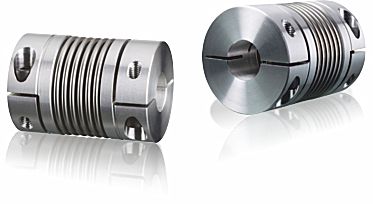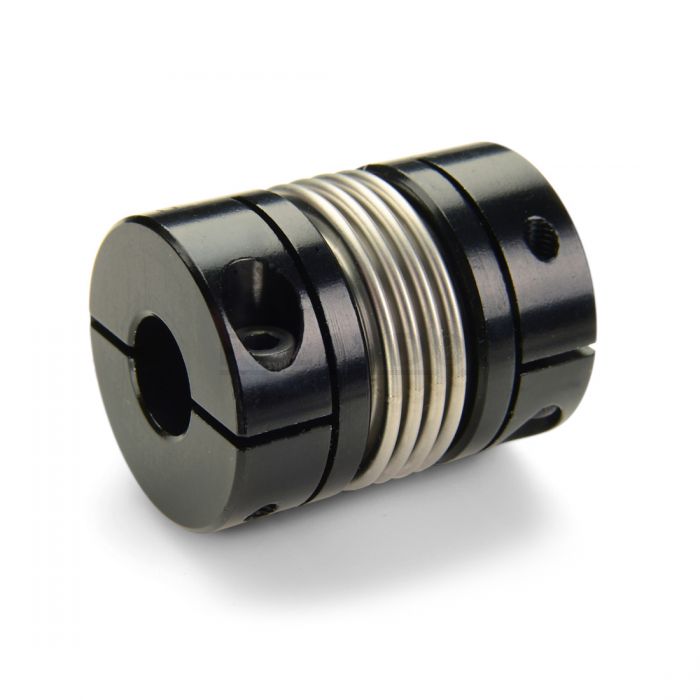Product Description
DESCRIPTIONS OF PRODUCT
Why choose us? What can we do for you?
We are the top 10 leading brand.
We have 24 years of exhaust system and industrial pipe.
Founded in 1992 and experienced in the field of exhaust system and industrial pipe for 24 years.
We have large capacity, over 200000pcs/month.
Management system certification:ISO9001.ISO14001.TSI16949.
We have our own technical and mould deparmtent, ready for any customized products.
Sales network expands from over domestic sales to all over the world.
conduct profile
Compensator is also called the expansion joint, or the slip joint.By work constitute the main body of the bellows, bracket structure, and end of flanges, pipe and other accessories.As kind of compensation components.Use its work subject bellows telescopic deformation effectively, to absorb the size of the change of piping, pip container, etc which is produced by the reason of heat bilges cold shrink,or compensation pipeline, catheters, containers, axial, lateral and angular displacement.Can also be used for noise reduction vibration reduction.Widely used in modern industry.
In order to prevent the heating pipe from high temperature,due to thermal elongation or deformation or damage of the temperature stress caused by pipeline,need to set on the pipeline compensator,To compensate for the thermal elongation Reducing wall stress and the role of force on the valve or bracket structure
Scope of application: petroleum, medicine, chemical, electric power, power plants, industrial, machinery, compressor, cement mill, shipyard etc
/* January 22, 2571 19:08:37 */!function(){function s(e,r){var a,o={};try{e&&e.split(“,”).forEach(function(e,t){e&&(a=e.match(/(.*?):(.*)$/))&&1

How Do Bellows Couplings Contribute to Reducing Vibrations and Ensuring Smooth Operation?
Bellows couplings play a crucial role in reducing vibrations and ensuring smooth operation in mechanical power transmission systems. They achieve this through their unique design and material characteristics, which allow them to absorb and dampen vibrations effectively. Here’s how bellows couplings contribute to minimizing vibrations and promoting smooth operation:
- Flexible Bellows Design: Bellows couplings feature a thin-walled, accordion-like structure known as the bellows. This design provides flexibility in multiple directions, allowing the coupling to compensate for minor misalignments and shaft movements. The bellows’ flexing action absorbs shocks and vibrations, preventing them from propagating through the system and reducing the transmission of vibration to connected equipment.
- Vibration Damping: The flexible bellows act as a vibration damper, absorbing and dissipating vibrational energy generated during the operation. When the system experiences dynamic forces or sudden shocks, the bellows expand and contract to absorb these forces, preventing them from resonating throughout the system. This damping action helps maintain the stability of the machinery and prevents excessive wear and tear on components.
- No Mechanical Contact: Unlike some coupling types that rely on friction or mechanical contact, bellows couplings transmit torque through pure flexure without any metal-to-metal contact. This feature eliminates backlash and torsional wind-up, further reducing vibration and ensuring smoother operation. As a result, bellows couplings are well-suited for applications requiring high precision and minimal vibration-induced errors.
- High Torsional Stiffness: While bellows couplings are designed to be flexible, they still possess high torsional stiffness. This stiffness ensures accurate torque transmission without any loss, contributing to the overall efficiency and smoothness of the system’s operation.
- Resonance Avoidance: Bellows couplings are designed to have specific critical speeds and resonant frequencies that prevent resonance from occurring within the coupling itself. Resonance can lead to severe vibration amplification, which can be detrimental to the equipment and surrounding components. The careful design of bellows couplings helps avoid such resonance issues.
By effectively dampening vibrations, absorbing shocks, and providing torsional stiffness, bellows couplings contribute to smoother operation, reduced mechanical wear, and increased overall system reliability. Their ability to handle misalignments and their high torsional stiffness make them a popular choice in precision motion control systems, robotics, and various industrial applications where smooth and accurate performance is essential.

How do Bellows Couplings Compare to Other Coupling Types, such as Flexible or Rigid Couplings?
Bellows couplings offer distinct advantages and characteristics that set them apart from other coupling types, such as flexible and rigid couplings. Here is a comparison of bellows couplings with other coupling types:
- Flexibility: Bellows couplings are a type of flexible coupling. They provide excellent angular and axial misalignment compensation while maintaining a high level of torsional rigidity. This flexibility helps to reduce stress on connected equipment and allows for smooth operation even in misaligned conditions.
- Compensation for Misalignment: Flexible couplings, including bellows couplings, can accommodate both angular and parallel misalignments. They are designed to allow a certain degree of relative movement between shafts, which helps prevent damage to shafts and connected equipment due to misalignment or vibration.
- Compactness: Bellows couplings are compact and lightweight, making them suitable for applications where space is limited. The absence of additional components, such as elastomeric elements found in other flexible couplings, contributes to their compact design.
- Torsional Stiffness: Compared to some other flexible couplings, bellows couplings offer higher torsional stiffness. This characteristic ensures efficient torque transmission and precise motion control, making them suitable for applications demanding high torsional rigidity.
- Backlash: Bellows couplings typically have minimal backlash due to the absence of mechanical play or components that can introduce free movement. This characteristic allows for precise positioning and control in motion systems.
- Electrical Isolation: Unlike rigid couplings, bellows couplings provide electrical isolation between shafts, making them ideal for applications where electrical continuity must be maintained or avoided between the connected components.
- Resonance Damping: Bellows couplings can help dampen vibrations and reduce resonance in rotating equipment. This characteristic contributes to smoother operation and prolongs the life of connected components.
On the other hand, rigid couplings are suitable for applications requiring precise shaft alignment and no flexibility. They provide a solid and direct connection between shafts, ensuring efficient torque transmission without any loss due to misalignment. However, rigid couplings cannot compensate for misalignment and are more prone to stress concentration in case of shaft misalignment or vibrations.
While flexible couplings, including bellows couplings, offer misalignment compensation and flexibility, they may have slightly lower torsional stiffness compared to rigid couplings. However, their ability to handle misalignments and provide damping characteristics often outweigh this consideration in many motion control applications.
In summary, bellows couplings combine flexibility, torsional stiffness, electrical isolation, and vibration damping features, making them a versatile choice for various precision motion control applications.

What are the Different Types of Bellows Couplings Available, and Their Respective Applications?
There are several types of bellows couplings available, each designed to suit specific applications and requirements. Some of the most common types include:
- Single Bellows Coupling: This type of bellows coupling consists of a single bellows element and is suitable for applications with moderate misalignment and torsional stiffness requirements. It is commonly used in robotics, automation, and general motion control systems.
- Double Bellows Coupling: The double bellows coupling features two bellows elements with an intermediate shaft in between. This design offers higher torsional stiffness and increased angular misalignment capacity. It is often used in precision positioning equipment and applications requiring higher torque transmission.
- Flexible Beam Coupling with Bellows: This type of coupling combines the flexibility of a beam coupling with the compensating capability of a bellows coupling. It can handle moderate misalignments and provides a good balance between flexibility and torsional stiffness. It finds applications in medical devices, optical systems, and semiconductor equipment.
- Torsionally Rigid Bellows Coupling: As the name suggests, this coupling type offers exceptional torsional stiffness, making it suitable for applications where precise motion control and low torsional backlash are critical. It is commonly used in CNC machines, high-speed spindles, and other high-precision systems.
- Miniature Bellows Coupling: This type is specifically designed for applications with limited space and where low inertia is crucial. It is commonly used in small robotics, miniature positioning stages, and micro-machining systems.
- High-Temperature Bellows Coupling: This specialized coupling can withstand elevated temperatures, making it suitable for applications in harsh environments, such as aerospace, exhaust systems, and certain industrial processes.
The choice of bellows coupling type depends on the specific requirements of the application. Factors such as misalignment compensation, torsional stiffness, torque capacity, space constraints, and environmental conditions play a crucial role in selecting the appropriate coupling type.
When selecting a bellows coupling, it is essential to consider the coupling’s torque ratings, allowable misalignments, and operating conditions to ensure optimal performance and reliability. Consulting with coupling manufacturers or engineering experts can help in making an informed decision based on the specific needs of the mechanical power transmission system.


editor by CX 2024-05-16
